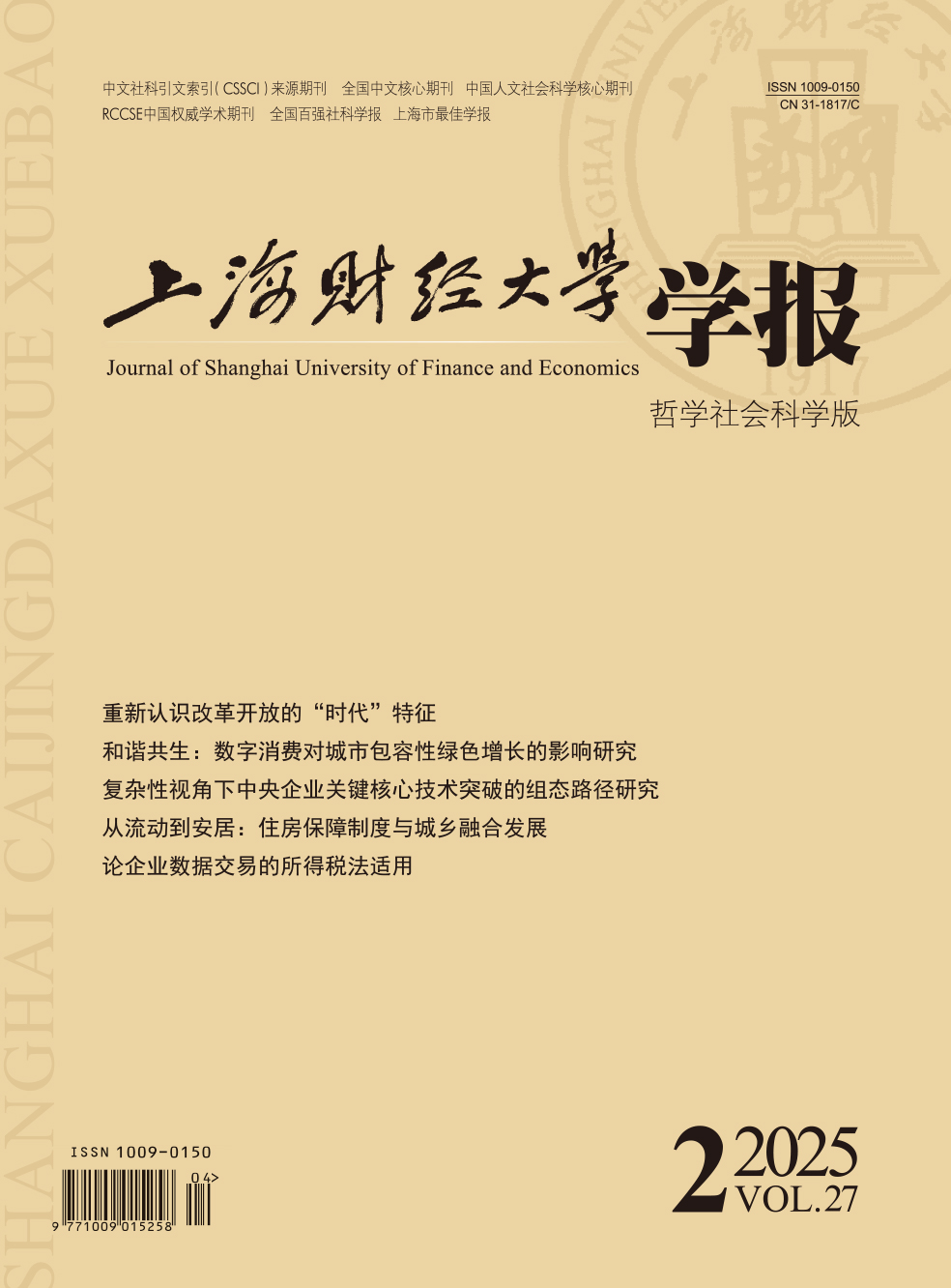The Public-Private Partnership(PPP) model is incompatible with China’s institutional environment. In the process of adjusting unsuitable institutional innovation, local governments, as key actors, play a practical leading role in the development direction and implementation effect of PPP. At present, the PPP model has become a financing tool for local governments in China to realize investment in large-scale infrastructure projects. Not only PPP has become a feast for state-owned enterprises, but also the goal of “alleviating local debt” has fallen into the mire of “local debt crisis” again. The local government deviates from the original intention of the central government to promote the PPP model, “innovates” the multiple values of PPP into a single financing function, and uses the financing function to realize the investment and raising of construction funds, which directly leads to the alienation and chaos of PPP system functions. The government-social capital cooperation model alienated into an illegal borrowing tool for government, which was the result of conflicts in the role of “two-way agency” of local governments. Since local governments play a key role in PPP system innovation, the only long-term plan is to establish local government behavior restraint and incentive mechanisms, and to regulate local government PPP system adaptation and innovation paths. The correction of the PPP model in China should face the incompatibility of the core of the PPP system with China’s formal and informal systems, and the solution should be based on the “dual roles” of local governments in institutional innovation, and centered on the coordination of central and local governments’ interests in public service. The solutions include: (1) Establishing a binding index system of the PPP system, taking the project operation capability as the core content of the value-for-money evaluation of the PPP project, and strengthening the whole life cycle performance assessment and the application of its results; (2) Improving the behavioral incentive mechanism for PPP diversified subjects, coordinating the different objective functions of the central and local governments, and straightening out the relationship between the central and local governments’ public services in terms of responsibilities and financial rights; (3) Attaching importance to the technical support of the supporting system, strengthening the cultivation of professional and technical forces and auxiliary services such as specialized consulting services, improving project decision-making and scientific management of the entire process, and establishing a scientific and effective performance evaluation system, in order to promote the healthy development of the PPP model by improving the level of innovation and governance of local government public service systems.
 / Journals / Journal of Shanghai University of Finance and Economics
/ Journals / Journal of Shanghai University of Finance and EconomicsJournal of Shanghai University of Finance and Economics
LiuYuanchun, Editor-in-Chief
ZhengChunrong, Vice Executive Editor-in-Chief
GuoChanglin YanJinqiang WangWenbin WuWenfang, Vice Editor-in-Chief
Functional Alienation,Origins and Solutions of China’s PPP Model
Journal of Shanghai University of Finance and Economics Vol. 22, Issue 03, pp. 111 - 123 (2020) DOI:10.16538/j.cnki.jsufe.2020.03.008
Summary
References
Summary
Cite this article
Chen Wanling, Hu Yingying. Functional Alienation,Origins and Solutions of China’s PPP Model[J]. Journal of Shanghai University of Finance and Economics, 2020, 22(3): 111-123.
Export Citations as:
For




 3606
3606  5357
5357

